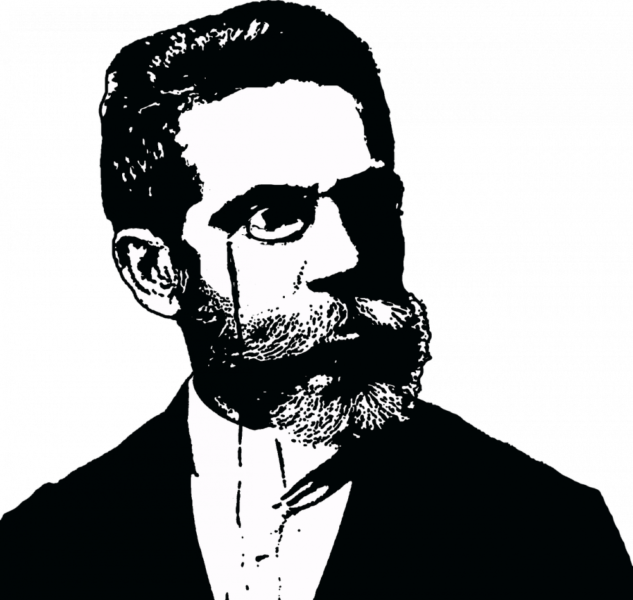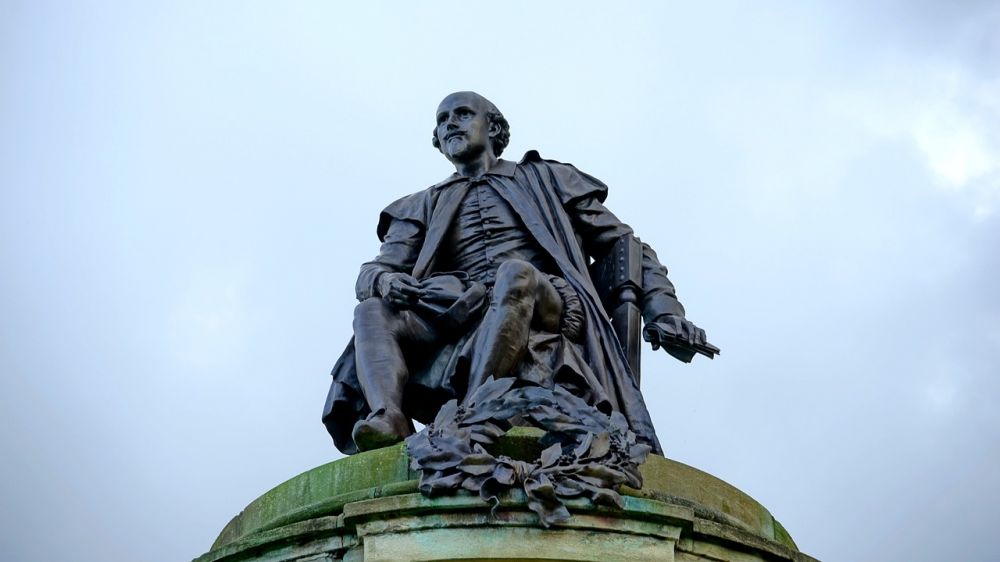Jane Austens Pride and Prejudice: A Timeless Masterpiece

Introduction
When it comes to classic literature, few works can match the enduring popularity and timelessness of Jane Austen’s “Pride and Prejudice.” First published in 1813, this beloved novel has captivated readers for generations with its compelling characters, witty dialogue, and astute social commentary. In this article, we will delve into the world of “Pride and Prejudice,” exploring its significance, evolution over time, and its continued relevance in contemporary society.
Understanding “Pride and Prejudice”

“Pride and Prejudice” is a novel set in early 19th-century England, primarily focusing on the lives of the Bennet family and their pursuit of suitable marriage partners. The story unfolds through the eyes of the spirited and intelligent protagonist, Elizabeth Bennet, as she navigates the challenges of societal expectations, the pursuit of love, and the importance of overcoming personal biases.
The novel’s examination of themes such as class, marriage, and gender roles made it revolutionary for its time. Austen deftly critiques the rigid social hierarchy of the era and challenges the notion that a woman’s worth is solely determined by her marital prospects. Elizabeth, with her independent spirit and refusal to conform to societal norms, embodies Austen’s progressive ideals. Through her character, the author encourages readers to question societal conventions and the superficial judgments that often accompany them.
Historical Evolution of “Pride and Prejudice”
Although “Pride and Prejudice” achieved moderate success upon its initial publication, it was not until the 20th century that its true significance was fully recognized. The novel gained widespread acclaim and a devoted following, attracting readers of all ages and backgrounds. Its timeless themes and relatable characters have cemented its status as a classic work of literature.
“Pride and Prejudice” has been adapted numerous times for stage, film, and television, further cementing its cultural impact. Notable adaptations include the 1995 BBC miniseries starring Colin Firth as Mr. Darcy, which catapulted the novel’s popularity to new heights. The enduring fascination with Austen’s work speaks to its universal appeal and the continued relevance of its themes.
Featured Snippet Tips for Google Search
To increase the likelihood of appearing as a featured snippet on a Google search for “Pride and Prejudice,” consider the following structuring techniques:
1. Use an tag for the article title: “Jane Austen’s ‘Pride and Prejudice’: A Timeless Masterpiece.”
2. Incorporate H2 tags to segment the article into relevant sections, such as “Understanding ‘Pride and Prejudice'” and “Historical Evolution of ‘Pride and Prejudice.'”
3. Use bullet points to highlight key points within each section:
– “Pride and Prejudice” challenges societal norms and conventions.
– Elizabeth’s character embodies Austen’s progressive ideals.
– The novel critiques the rigid social hierarchy of the era.
– “Pride and Prejudice” explores themes of class, marriage, and gender roles.
For a more immersive experience, watch this video that delves deeper into the world of “Pride and Prejudice,” exploring its characters, themes, and lasting impact in literature and popular culture.
Conclusion
“Pride and Prejudice” continues to enthrall readers with its timeless themes, memorable characters, and masterful storytelling. Jane Austen’s astute observations of society and her portrayal of strong-willed female protagonists continue to resonate with audiences today. Whether you are a lover of literature, a fan of romantic storytelling, or simply an admirer of Austen’s genius, “Pride and Prejudice” remains an essential work that deserves a place on every bookshelf.
FAQ
What is Pride and Prejudice about?
Why is Pride and Prejudice considered a classic?
How has Pride and Prejudice evolved over time?
Flere Nyheder
Erhvervsfotografering i Aalborg: For virksomheder
Introduction When it comes to classic literature, few works can match the enduring popularity and timelessness of Jane Austen’s “Pride and Prejudice.” First published in 1813, this beloved novel has captivated readers for generation...
28 november 2025











